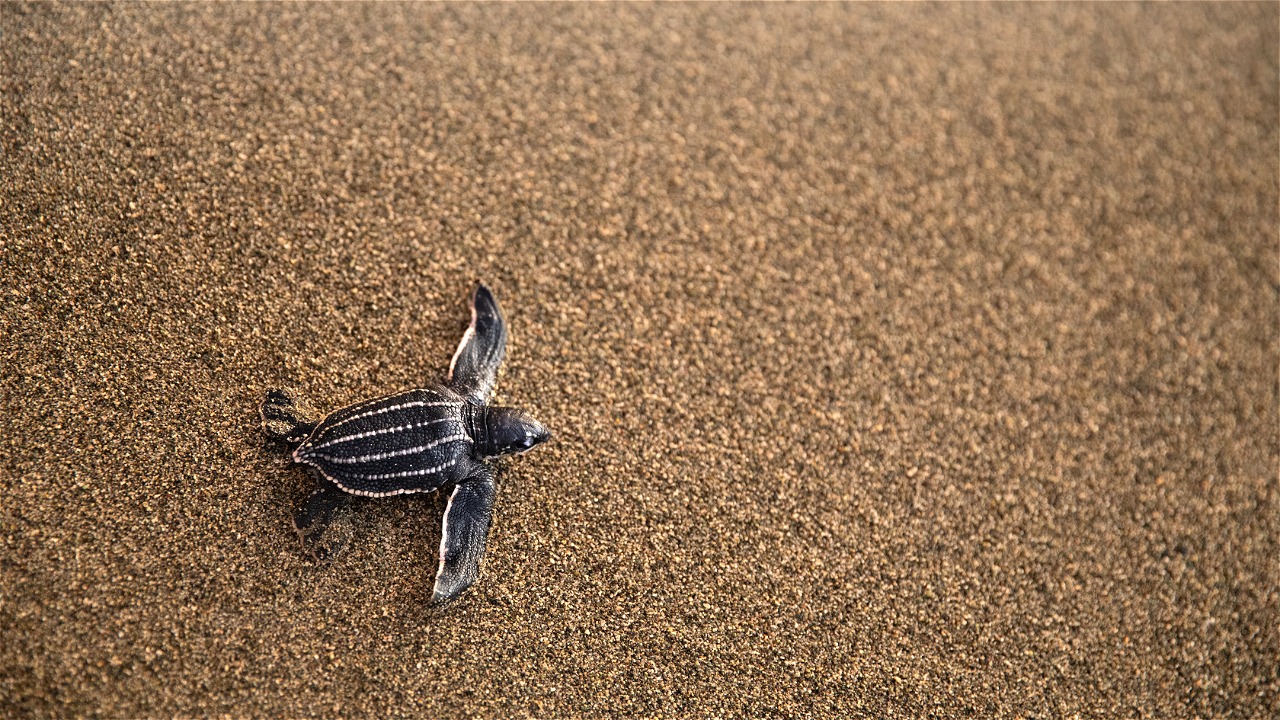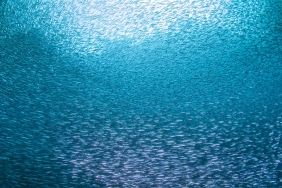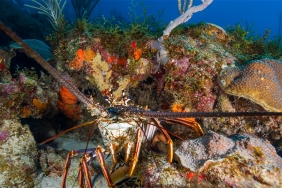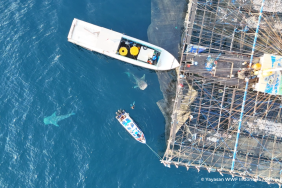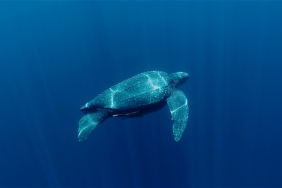BURU ISLAND, A PARADISE FOR SADLY LOST MALUKU TURTLES
By: Syarif Yulius Hadinata (Marine Species Assistant - WWF Indonesia Inner Banda Arc Subseascape)
Maluku Province has 1,340 islands with a coastline length of 10,630.10 km (DKP Maluku). The second largest island in the province is Buru Island which is a paradise for sea turtles but unfortunately has a sad fate. This information was obtained through the Basic Data Survey and Potential of Buru Island Turtle Nesting Beach conducted by WWF Indonesia, Maluku BKSDA and LPSPL Sorong on February 15-25, 2018. This survey was conducted to complete the overall data from the Initial Survey of Important Species that was conducted on December 6-15, 2016 and concentrated on the Northern part of Buru Island.
The survey results showed that four species of sea turtles that nest in Indonesia, namely the Olive Ridley turtle (Lepidochelys olivacea), leatherback turtle (Dermochelys coriacea), green turtle (Chelonia mydas) and hawksbill turtle (Eretmochelys imbricata) are present on Buru Island, out of a total of six species that live in Indonesian waters. The extensive survey found three sea turtle nests including one Olive Ridley sea turtle nest in Waemala Village, one Leatherback sea turtle nest and one Hawksbill sea turtle nest in Waeteba Village. The conclusion that there are 4 species of sea turtles on Buru Island was reinforced by the discovery of a green turtle during the ground check location in the waters of Biloro Village. This proves that Buru Island is an important habitat for the conservation of sea turtle species.
Buru Island, which is divided into two administrative districts, Buru Regency and South Buru Regency, has sandy coastlines that serve as nesting habitat for marine reptiles that can live up to hundreds of years. Olive Ridley turtles are the species that dominate the nesting beaches around Buru Island. Green and hawksbill turtles are often found landing in the sub-districts of Kepala Madan, Waplau, Lilialy, and Namlea and occasionally in Fena Leisela. Leatherback turtles are only found in Waesama, Batabual, Kayeli and Fena Leisela sub-districts.
Buru Island is an important and main habitat that has an important role representing Maluku Province as a turtle habitat. The island is one of the priority target locations for sea turtle conservation out of 12 provinces based on the National Action Plan (NAP) for Sea Turtle Conservation in Indonesia. However, maintaining the important role of sea turtles for the ecosystem on Buru Island is not an easy task. This is because there is still utilization of sea turtles by the community. Ignorance and lack of awareness regarding the importance of sea turtles for the ecosystem are still classic reasons for people who utilize sea turtles.
In South Buru Regency, sea turtle utilization is still massive. One village can utilize up to 9 individual turtles per year. The turtles are not only used for their own consumption but also traded within the village, between sub-districts and the provincial capital, according to orders. The turtle hunters usually prefer to go directly to the sea rather than waiting for the turtles to come to lay their eggs. Sea turtle hunting is done by diving with arrows or commonly called molo by the local community. The initial target of molo is fish but sea turtles are also targeted with arrows if found. Prices for hawksbill, Olive Ridley and green turtles range from Rp 200,000-500,000 depending on size.
Turtle eggs are also not spared by hunters. Turtle eggs are still a favorite food that can be taken directly from nature in addition to maleo bird eggs (Macrocephalon maleo) which also exist on the beaches of Buru Island. In one night, turtles come to lay as many as 10-20 individuals with an abundance of more than 100 eggs per nest. The eggs are taken for their own consumption and sold to the sub-district capital for Rp 250 per egg. In fact, sea turtles are a protected species according to Law No. 5/1990 on the Conservation of Living Natural Resources and Ecosystems and anyone who violates it will receive legal sanctions. Despite this, people on Buru Island seem not to care and continue to utilize sea turtles.
This illustrates the hard work that must be carried out together for the conservation of sea turtles on Buru Island. Cooperation between relevant stakeholders at the national and international levels is crucial in saving the turtles, as they can migrate across countries and continents. In addition to cooperation between stakeholders, there is a need to raise awareness among the people of Buru Island to protect turtle habitat waters, nesting beaches and prevent criminal acts from the community. This is solely for the sake of preserving this ancient species.

